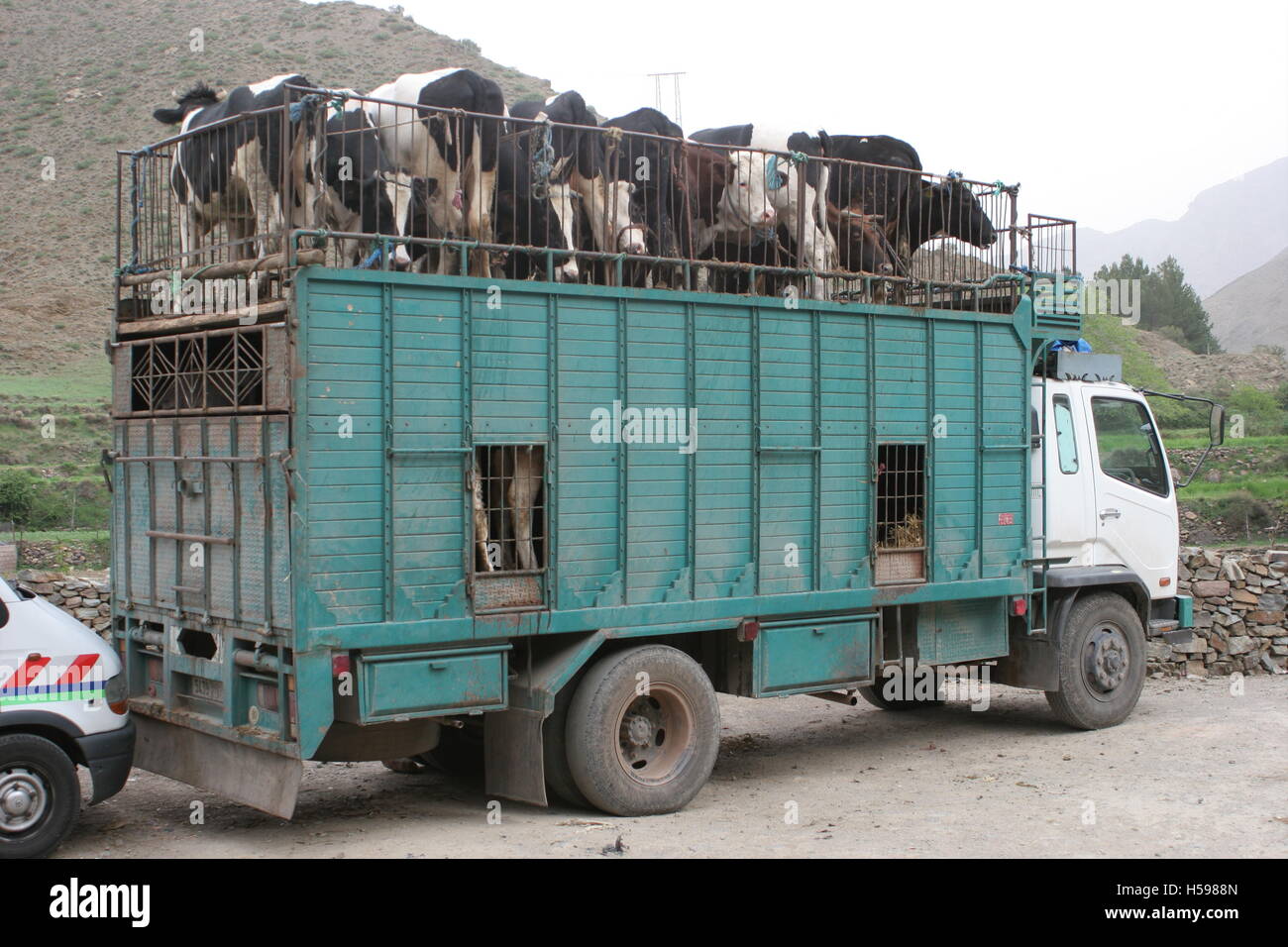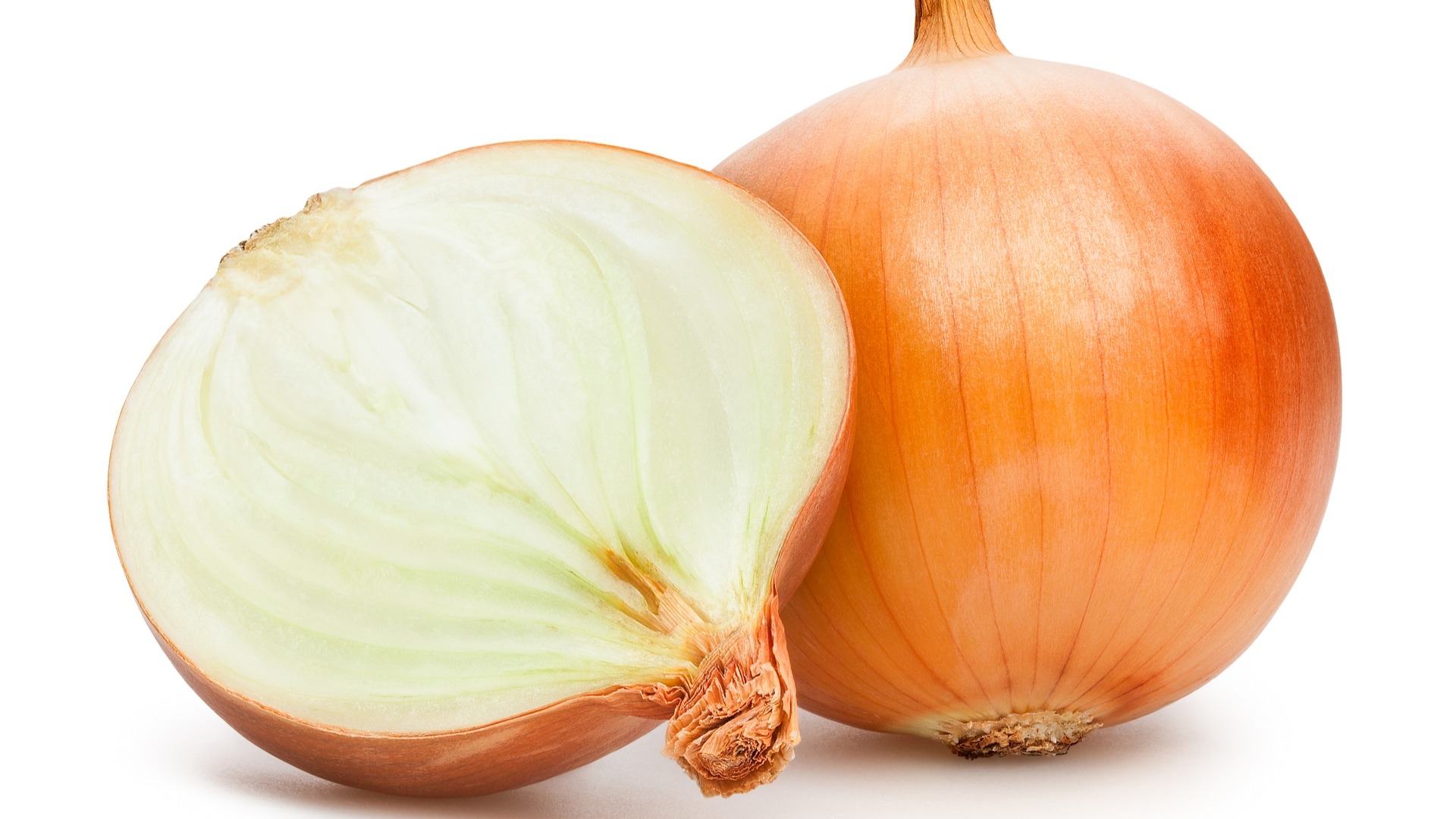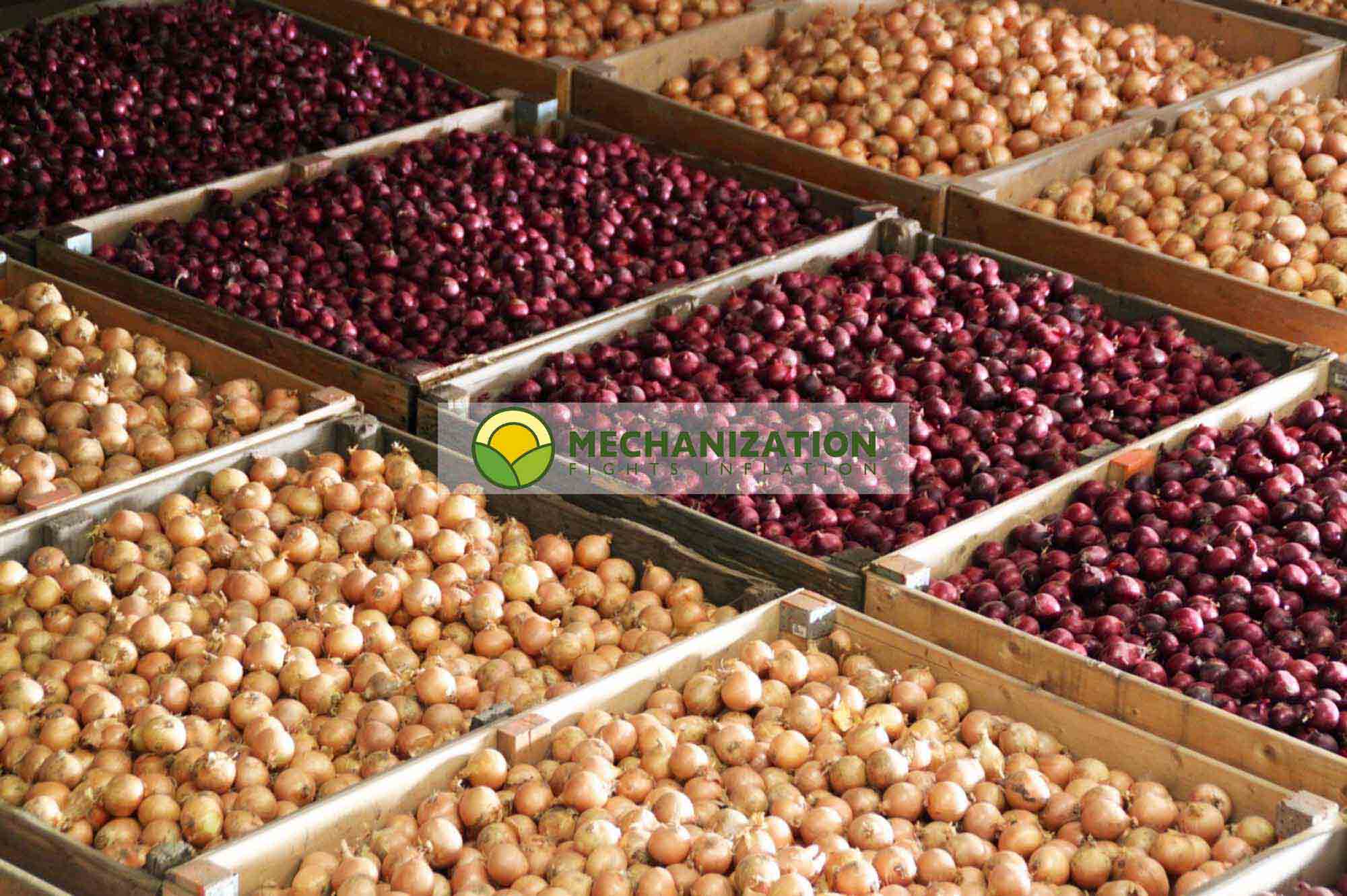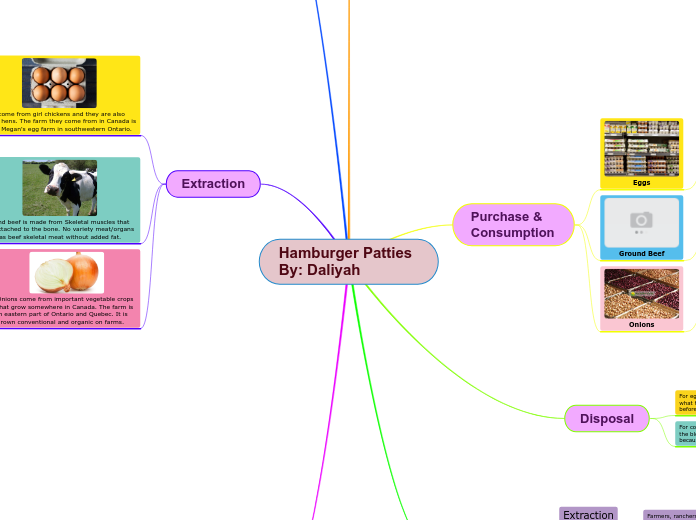Hamburger Patties By: Daliyah
Production

Eggs

Step 1: The eggs go to egg factories and some chickens go there as well.
Step 2: Some chickens get locked in cages and eggs get stored somewhere to cool them down before delivery.
Step 3: Some hens hours before giving birth have their beaks but off with a hot blade
Step 4: Then when some of the chickens are born they have a hard time eating. Also the beaks are mutilated which means they suffer from hunger and dehydration.
Ground Beef
Step 1 So they put the cows into trucks but crammed togeth. Also they go without food or water for many days and many of them collapse because of the hot weather or freeze because of the cold.
Step 2: When they reach the factory many of them are exhausted, sick or injured. This factory is known as meat/dairy industries.

Step 3. Next they are tied around their legs with ropes or chains. They are dragged off the trucks. The uncooperative ones are beaten and the healthy ones are shocked with electric pods or chains.

Onions
Step 1: In the spring time it is a bulbing inhibited and it equals AcFT4.
Step 2: In the summer time it is a bulbing that is promoted by LD suppression and subsequent regulation it equals AcFT4/ AcFt1.
Also there are more steps
Step 3: In autumn and winter the onion is a Floral transition that is promoted by upregulation that equals AcFt2. It is usually a cold vernalisation .
Step 4: In spring and summer the onion flowers and sets a seed in for years.
Also there are more steps
Step 5: The concentric leaf at its bases is developing a plant swell.
Step 6: Then it forms underground an edible bulb.
Step 7: After it is commercially cultivated the onions and the plants small black seeds, are sown in the field.
Extraction

Eggs come from girl chickens and they are also called hens. The farm they come from in Canada is called Megan's egg farm in southwestern Ontario.

What they do to remove the egg is to remove it from the follicles by a needle. This is connected to a device called suction. Many eggs are removed from chickens in 20 minutes.
This is the fastest way to get eggs from chickens without waiting. After the egg retrieval the chicken has cramps and the older/mature eggs will be placed in an incubator.
Most of the time hens are separated from roosters because hens can give eggs and the rooster will go to the factories.

Ground beef is made from Skeletal muscles that are attached to the bone. No variety meat/organs such as beef skeletal meat without added fat.

The farm where the cows come from is called the Canadian dairy industry. Farms = 3,446, cows = 320,400 and heifers = 152,400.
Life span is 12 years or longer and they are pregnant for 9 months. When they are born the mother licks them clean and can stand up at 1 or 2 hours old.
The calves drink their milk right away and all vitamins protect them from diseases. The milk makes them grow strong and healthy.
They only drink from their mother for 3-4 days and after fed by bottle by a farmer. Cows that are 3 weeks eat only grass, hay, pellets and milk. For older cows they only eat grass and hay.
In the winter they eat silage which has vitamins. The baby cows are weaned for 6 to 8 months and after weight is 600 to 900 pounds.
Before transfer, many of them are placed into group pens and they get fed high energy grains which makes their weight = 1350 to 1400 pounds and once they are 18 months, they are sent to a factory to be slaughtered.

Onions come from important vegetable crops that grow somewhere in Canada. The farm is in eastern part of Ontario and Quebec. It is grown conventional and organic on farms.
The largest grower in Canada is the ATV farms. Also packers, shippers and exporters of vegetables, onions and more on the ATV farms. This farm is in leamington Ontario.
Over 5400 acres for quality food which is grown in this region and it provides customers versatility/ excellent product inventory. Another farm that has onions is Holland Marsh and it grows 6675 onions.
The annual production = 210,000. It is worth Valued $ 74 million. The Canadian production - the centre on muck soils. Now let's go on to how it's made.
Consumption
Food production impacts the environment Egg laying factory farms = environmental friendly
Feed is the key = sustainable eggs laying system
Organic farming uses substantially= less fossil fuels per acre
Chickens to roam outside = more environmental friendly
We need to make sure the chicken is safe before the egg is laid
Consumption with meat and dietary can reduce GHG emissions
The meat production is about 40% to 15-25% in long term
Per capita the GHG emissions are available on crop land from 50% to 20-30%.
Onions sustainable
Go to waste outside the kitchen
Uses that could beneficial
Help reduce feed cost for sheep
Power a manufacturing plant called the onion plant.
Distribution

Eggs
Step 5: Hens get sick after this and their health is biosecurity.
Step 6: So the rest of the chickens are in battery cages which keep them comfortable.
Step 7: In those cages the female chickens are in their own cage then the men chickens.
Step 8: Most of the lifestyle of an egg comes from hens, so it goes from the farm to grading and to the store.
Step 9 : Then when the other chickens give birth the eggs go off a cooler which then stays there till the truck picks it up and delivers it to stores.

Ground Beef

Step 4: After being forced off the truck they are sent in and wait for their time. They go through a chute, then they are shot in the head to stun them.
Step 5: Then they are taken one by one to be slaughtered. They mix different cows to make ground beef before sent off to the stores
Onions
Also there are more steps
Step 8: The first year an onion starts as a seed and then it is planted & germinates in 1//2 weeks. As the seed grows up, leaves start to come up, as well.
Step 9: The photosynthesize is the produce of energy for the onion plant. In the spring/summer/fall the energy is taken and stored, which develops the bulb.
Step 10: Onions= Biennials which then is Garden plants = foxglove and hollyhock grow = biennials. Then 2 or more years to complete the life cycle.
Also there are more steps
The bulb is the edible portion and sits below the ground. In the winter the harvested leaves die in late fall. Leaves are still in the ground and they stay alive over the winter.
Using the energy in the bulb is what helps it to be cold which = dormancy. In the 2nd year. The temperature is warm in the spring.
It then comes out of dormancy and the warmer the temp is then it will signal the onion to flower. It blooms late spring/summer which is pollinated.
By the end of fall the seeds develop to grow more onions. Once done, taken out and getting ready for delivery to the stores.
Purchase & Consumption

Eggsundefined
Used for binding ingredients together. They are purchased by people that want to make things healthy.
Some people buy it for restaurants to make meals for people.
About 3 eggs a day are safe for everyone. Some people use eggs to bake to cook meals to make hamburger patties and even more.
People go in and out of stores getting eggs and the rest of them are stored in the back of the store, where most of the products are stored in case it runs out.
They keep it cold enough so it won't go bad. Some get usually 2 cartons of egg, depending on the size and how much is in the box.

Ground Beef
It is usually used at restaurants or at home to make dinner for people to eat.
Sometimes it is used on special holidays. Hamburger patties is one of the meals that have it in it.
You have to buy spices to mix it in the meat before eating. So you buy it and keep it in the freezer till you want to eat it.
hen you., take it out and let it deforest and once it's done you mix species in it and shape it like a circle and cook it or fry it.
About 40% to 45% is consumed to be prepared for meals at home but usually 60% of the time.

Onions
Some restaurants usually buy 1 bag of onion monthly and some other people as well.
So if it's 1 bag a month then it's usually 12 bags yearly.
The consumption of onions is over 70 % in over 2 decades, so from 12.2 pounds per person to 20 pounds per person.
So usually people use this to mix it in food to eat and it is used in hamburger patties.
Disposal
For eggs usually they make sure the egg is not hatched right away, what they do is when the hens lay they take the eggs right away before the mothers can sit on them to keep them warm.
For cows they have to take out the bones of the meat and also the blood from it. They make sure there is now bone in the beef because it's supposed to be easy to eat.
Stakeholders
Extraction
Farmers, ranchers
Production/Distribution
employees, customers,
Purchase & Consumption
customers, mangers, colleagues
Disposal
households
